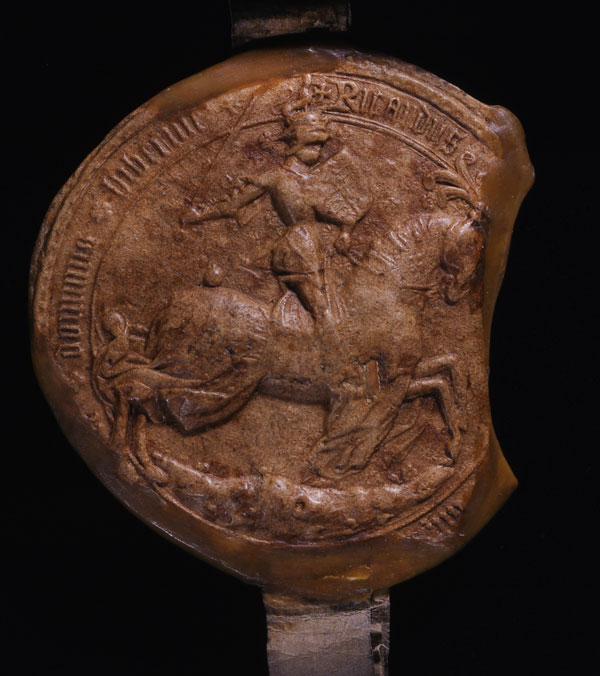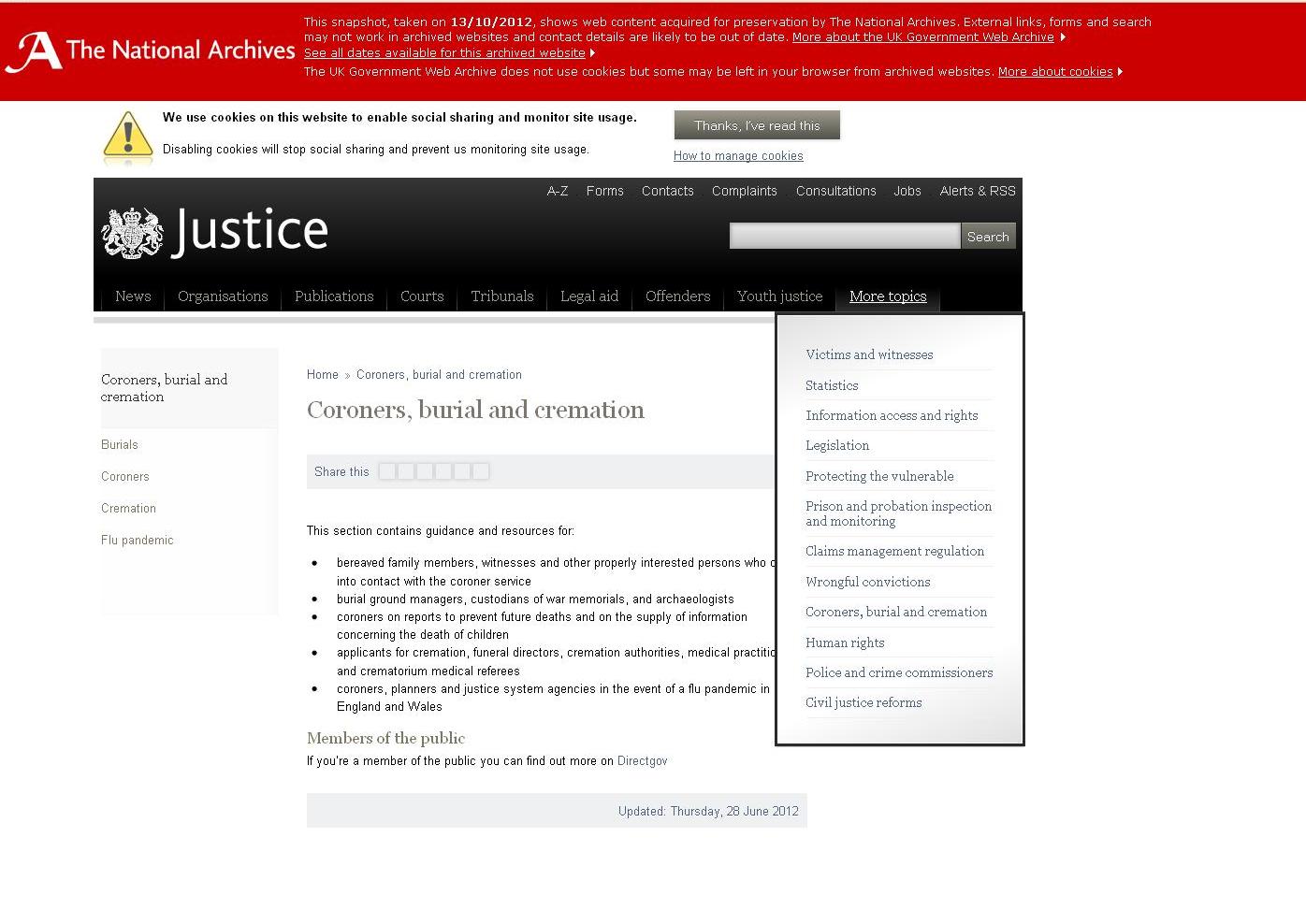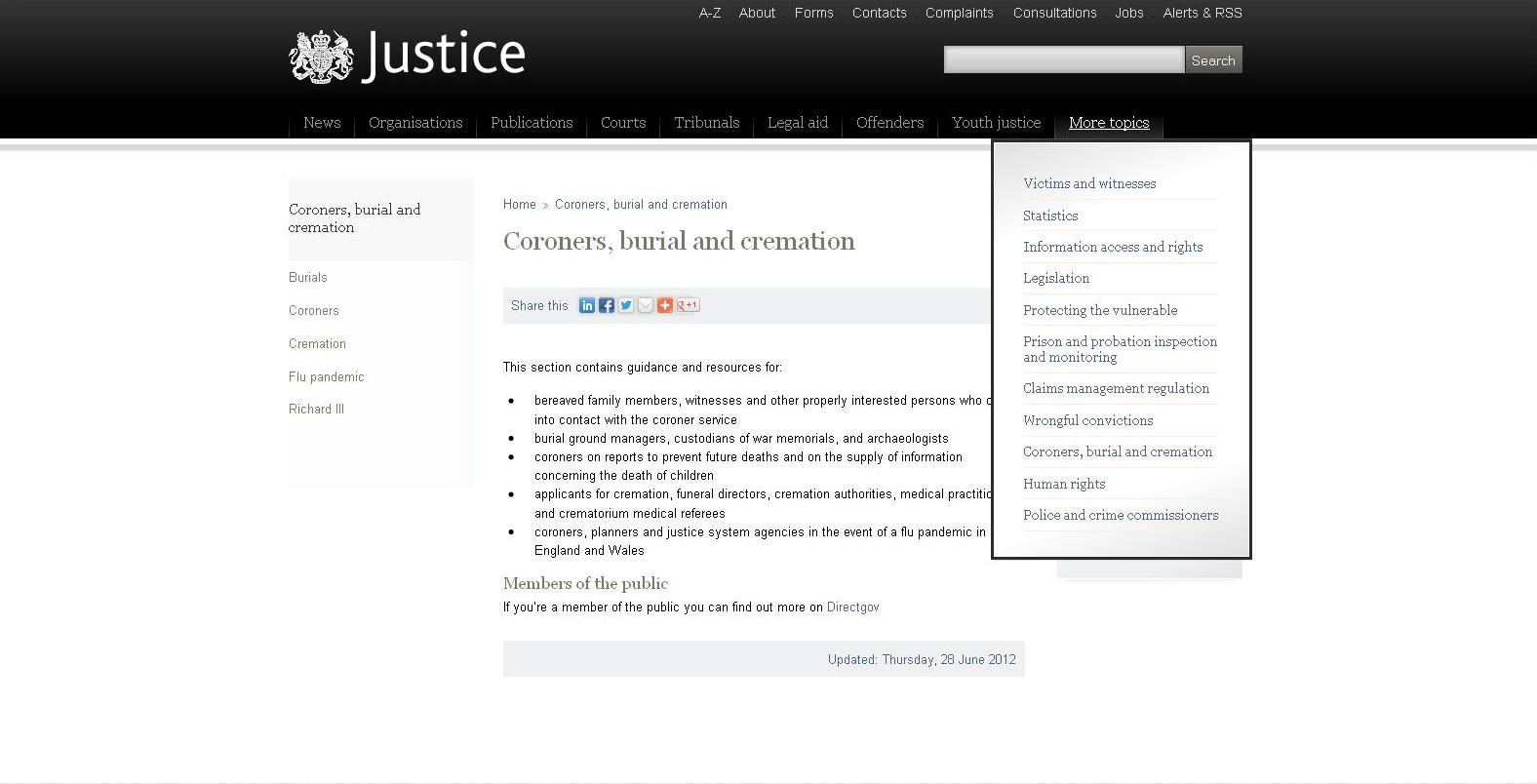Wasn’t the recent discovery and identification of the remains of King Richard III in a Leicester car park absolutely riveting? I am not a medievalist (as will doubtless become clear during this blog post), nonetheless, Richard III was my way into the historian’s craft. As a schoolgirl I read Josephine Tey’s The Daughter of Time[ref]1. Josephine Tey, the Daughter of time (1951) (gratifyingly still in print and now available as an e-book)[/ref], where a detective, scenting propaganda in Shakespeare’s account of Richard, conducts an investigation into the murder of the Princes in the Tower from his hospital bed.

King Richard III by Unknown artist oil on panel, late 16th century (late 15th century) NPG 148 © National Portrait Gallery, London (CC BY NC ND)
This led me to read my first grown up history book, Paul Murray Kendall’s Richard III.[ref]2. Paul Murray Kendall, Richard III, (1955)[/ref] At 14, I was equally fascinated and daunted by the footnotes: PRO E/179 117/77; PRO C 65/114; ibid; op. cit… What did it all mean? Historians were obviously rarified beings who had, I assumed, privileged access to the documents behind all this paraphernalia. It was all very remote from my experience: I felt I would love to be a historian, solving the mysteries of the past, but it wasn’t something that people like me did. Eventually, I not only learnt to cite PRO references and know my op. cit.s from my ibids, I ended up actually working at the Public Record Office (as The National Archives then was). I still like the idea of history as a detective story, with the extra dimension of time; an investigation into cause and effect, weighing the evidence in context – my colleague Sean Cunningham, who has written a book on Richard III [ref] 3. Sean Cunningham, Richard III Royal Enigma – Treasures from The National Archives, (2003)[/ref]is very good on this point.
However, not only does the evidence have to be weighed, in context, it has to be preserved in the first place. A key document for the study of Richard III nearly didn’t survive at all; the victor of Bosworth Field, Henry VII, blatantly tried to secure his position by rewriting history through the destruction of documents. (Regular readers of this blog will know that we take a dim view of that sort of thing). At his first parliament, Henry decreed that the Act known to us as Titulus Regius, Richard’s claim to the throne, be ‘cancelled and destroyed and the said act record and enrollment be taken and removed from the roll and records of the said parliament, and of the said late king, and burnt and entirely destroyed. And moreover… …any person who has a copy or remembrance of the said bill or act shall bring them to the Chancellor of England at the time or destroy them in some other way, before next Easter on pain of imprisonment so that all things said and rehearsed in this same bill and act may be forever out of memory and forgotten.’[ref] 4. Part 1 roll of the parliament held at Westminster in the first year of the reign of King Henry seventh, membrane 14. Reproduced, with modern English translation in Rosemary Horrox (ed.) The Parliament Rolls of Medieval England,1275 -1504, Vol XV, (2005)[/ref]
Back in the present, we are still capturing new records of Richard III. But this time they will go into series MJ 2. Last week, I noticed a recent change from the latest archived version of the Ministry of Justice website. From this:
To this on the live site (shortly to be captured into our UK Government Web Archive):
Hopefully you spotted the difference (aside from the live site not having an archival banner): the discreet Richard III appearing on the left. Under that link the Ministry of Justice have posted up the ‘Application form for authority to exhume buried human remains for archaeological purposes’, which documents the professionally cautious mindset of the University of Leicester Archaelogical services, seen at its best in this little snippet :
We have the past that lies buried in the ground awaiting investigation by archaeologists who will unearth the truth. The terminology of archaeology is also used for archives: documents are buried (in usually ‘dusty archives’) and are unearthed, and facts are dug up: ‘out of memory and forgotten’ for a while perhaps, but not forever, and nowadays available for everyone.




Hi
I was just looking to see if the document Titulus Regius was still with us and had not been destroyed. I’m over the moon to discover that it is and is available to see.
I’m a massive fan of medevial history and of Richard lll. I have a reading pass for both the National Archives and the British library and I’ve just recently got to see some fantastic medevial document is the Rahman rolls from 1296. I’ve seen a few others as well and they blew me away. Couldn’t believe I actually not only seen them but was free to handle them.
I cannot find the words to say enough about both the British library and the National Archives it’s brilliant beyond belief.
I’m going to come along and hopefully have a look at this fantastic piece of English History. I have to say I’m extremely excited that one copy still exists and that I’ll get to see it. I’m almost 64 years old and I still get excited how about that lol.
Thank you for putting this online for people like me to read. Many many thanks and kindest regards to you all.
Forever in your debt
Trevor H S Thompson